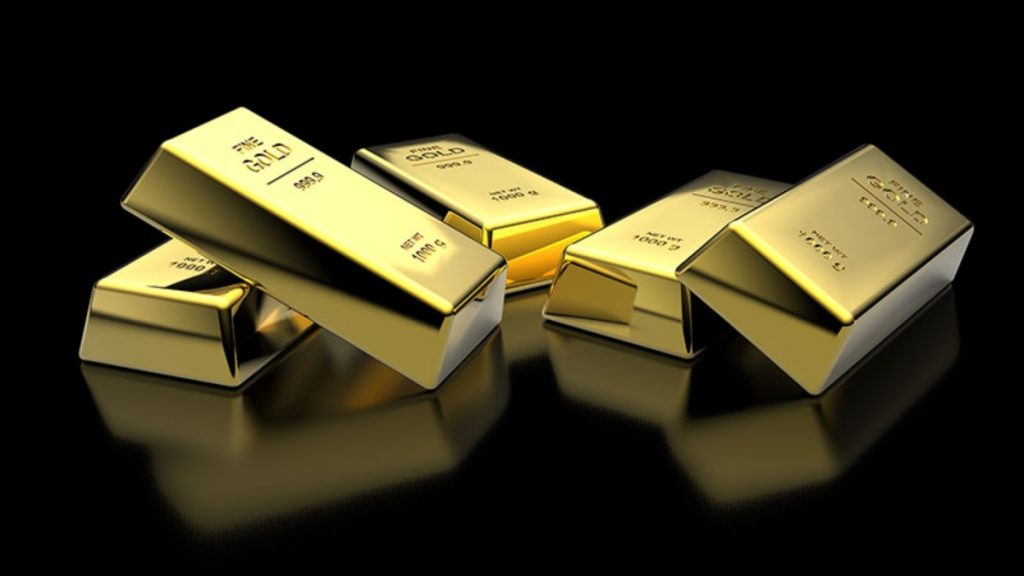When many wonder whether the ounce will go up or down by a few percent, we would like to remind you of the timeless properties of the gold, which make it an excellent long-term investment today and tomorrow.
1. A Universal And Timeless Asset
One of the main characteristics of gold is its universality. The vast majority of people understand that gold is precious and has value. A piece of gold, a jewel, can be resold or exchanged almost anywhere.
This property joins its timeless dimension, first because of history and its past role as currency. But also for cultural reasons: as long as children are told stories of treasure chests filled with rare gold coins, the RareCoin will convey this notion of value from generation to generation. It is therefore sure that gold will have value in a century. A similar cannot be said for most other investments…
2. An Asset That Is No One’s Debt
Most financial investments are someone else’s liability – the debt. Thus bonds are the debt of an issuer (state or company) that can default. An action appears in the liabilities of companies, which can go bankrupt. Your current account is a bank liability, and even your 20 euro note is a liability of the European Central Bank.
On the other hand, gold is no one’s liability, and its value is not influenced by any controlling authority. No one can unilaterally decree that your gold is worth 20% less at once. This is also why many central banks increase their gold reserves. These assets are thus not subject to the goodwill of another central bank, itself potentially subject to politics…
3. The Safe Haven Against Crises
Gold is a secure haven, and its price tends to appreciate in times of loss of confidence and crisis. The yellow metal is thus regularly used by professional investors as protection in the event of uncertainty. And if one thing is sure, we are not heading towards a more stable world…
Economic and financial crises are recurrent. History shows that one occurs every 10 to 15 years on average. On the political and geopolitical field, after 30 years of relative calm, new “cold wars” have been relaunched, notably between China and the United States. Military spending is on the rise all over the world. Conflicts are multiplying, and unlike in the past, when only 2 belligerents opposed each other, today’s disputes frequently involve 5 or 6 parties, like in Syria. Diplomacy and international organizations become powerless, and multilateralism is challenged.
At the same time, the political stability of Western democracies is shaken by the ultra-rapid circulation of information and disinformation; a tweet can have planetary repercussions. Finally, forms of non-state authorities are asserting themselves (Google, cryptocurrencies, etc.) and creating significant risks of destabilization…
In summary, gold is likely to have many opportunities to demonstrate its protective power in times of crisis…
4. Diversifying Properties
Don’t set all your eggs in one basket, as the saying goes. And putting a little gold in your basket (in this case, your portfolio) is a good idea because it is decor-related to other assets. Clearly, it has tremendous diversifying power. This is especially true with stocks. When a portion of gold is added to an equity portfolio, the result is generally a less volatile (and therefore less risky) portfolio.
In addition, when the equity markets fall sharply, for example, during episodes of panic, gold generally resists well, even appreciates, and plays the role of shock absorber, thus reducing the “extreme” variations of the portfolio.
The major institutional investors have understood this logic well. Many of them include gold in their long-term asset allocation.
5. The Production Cost Floor
The price of gold fluctuates according to supply and demand, and it is possible to suffer losses (the same goes for the price of silver ). Nevertheless, the laws of the market mean that the price of the gold cannot be permanently below the cost of production: mining companies would then have to slow down their production or even stop it in their least profitable mines, effectively causing a reduction in the offer which would support the courses and thus would increase the price of gold.
The mining industry maintains (voluntarily) the most extraordinary vagueness on its production costs, particularly on the costs of renewal of resources and reserves. Nevertheless, it is estimated that below 1000 dollars per ounce, more than 20% of world production is no longer profitable.
Finally, the rise in costs should continue for structural reasons, namely the gradual depletion of giant deposits, increased environmental prices, and the need to explore and exploit sites in more minor and less stable countries.




